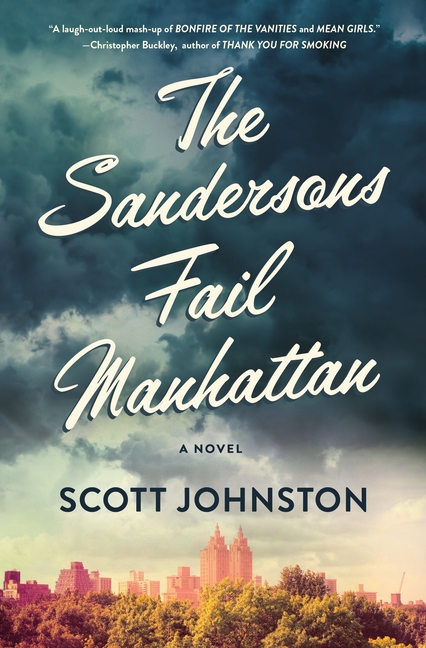Unrelatable, unmoving characters who exist in a world detached from reality ... ... The bigger problem here is the stilted writing. Dialogue is treated as an opportunity to dump information on readers who are presumed too stupid to understand big words. A better editor might have trimmed the worst of the awkward conversations ... The first time I’ve wondered if part of a novel was written by an LLM. There’s no sense of humanity here. ... So many of the scenes are meetings that could have been an email ... [The book] isn’t funny or witty or entertaining or heartfelt. It reads like filler in an attempt to imitate the idea of people ... The novel finally picks up about a third of the way through ... There are absolutely moments in this middle portion of the book that build page-turning tension, and there’s quite a good unraveling of the plot ... The trouble with all this is that the plot and page-turning is derailed by the perpetual victim syndrome rotting each of these characters to the core ... Johnston has failed to create characters to empathize with, and that’s an essential component of satire.
Read Full Review >>

